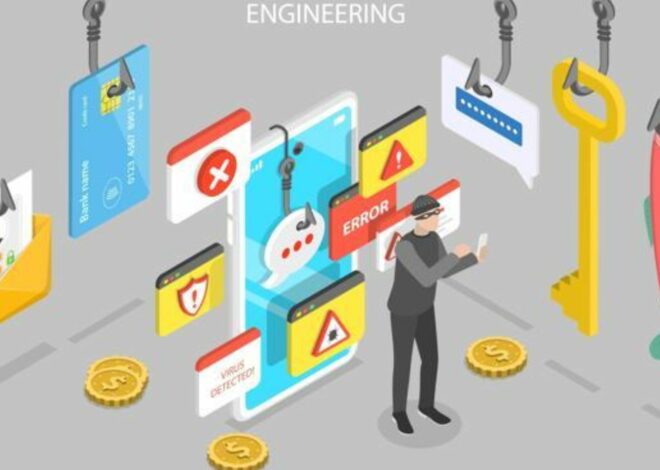
Types of Ransomware: A Comprehensive Overview
Ransomware, a notorious cyber threat, haunting individuals and organizations, parallels the challenges faced in the world of online casinos. Understanding its various forms is critical for fortifying our digital defenses, much like the vigilance required in the realm of online casinos. In this blog post, we’ll delve into the menacing world of ransomware, dissecting the different types and shedding light on their distinct characteristics and functionalities, drawing a parallel to the evolving landscape of online casinos.

Encrypting Ransomware
Encrypting ransomware is perhaps the most common type, characterized by its ability to encrypt files on the victim’s device. Once the files are locked away, a ransom demand is made, usually in cryptocurrency, for the decryption key. The victim is coerced into paying the ransom to regain access to their files. This type of ransomware can wreak havoc on individuals and businesses, disrupting operations and causing significant financial losses.
Locker Ransomware
Locker ransomware takes a different approach by locking the victim out of their entire system, not just encrypting files. It effectively denies access to the operating system, making the device unusable. The ransom message then demands payment to unlock the system and restore normalcy. This type of ransomware can be particularly frightening for individuals who may find themselves completely locked out of their devices.
Scareware
Scareware, as the name suggests, preys on fear and intimidation. It presents fake or exaggerated security threats, tricking users into believing their system is infected with malware. A pop-up message then prompts the user to pay for a fake antivirus program or a non-existent service to fix the fabricated issues. Although scareware doesn’t actually encrypt files or lock the system, it intimidates users into paying for unnecessary services, siphoning money and compromising financial security.
Doxware (Leakware)
Doxware, also known as leakware, not only encrypts files but threatens to expose sensitive data to the public if the ransom isn’t paid. This type exploits the victim’s fear of their private information being leaked, pushing them to comply with the ransom demand. Doxware poses a double-edged sword, causing both financial and reputational damage to individuals and organizations.
Mobile Ransomware
With the proliferation of smartphones, cybercriminals have shifted their focus to mobile devices. Mobile ransomware is designed to target smartphones and tablets, encrypting files or locking the device to demand a ransom. As the mobile landscape expands, mobile ransomware continues to evolve, posing a significant threat to personal and professional data stored on these devices.
RaaS (Ransomware as a Service)
Ransomware as a Service (RaaS) operates like a subscription service, allowing even non-technical individuals to launch ransomware attacks. The creators (developers) of ransomware provide the malware to affiliates who distribute it and share a percentage of the ransom profits. This business model has fueled the proliferation of ransomware, making it a lucrative venture for cybercriminals and contributing to the widespread distribution of this malicious software.
AIO (All-in-One) Ransomware
AIO ransomware is a hybrid that incorporates elements of both encrypting and locker ransomware. It not only encrypts files but also locks the victim out of their system. This dual approach intensifies the impact of the attack, increasing the pressure on the victim to pay the ransom. AIO ransomware demonstrates cybercriminals’ relentless efforts to evolve and optimize their tactics for maximum efficiency.
Fileless Ransomware
Fileless ransomware operates without leaving a noticeable trace on the victim’s system by residing solely in the device’s memory. It utilizes existing system tools and processes to carry out the attack, making detection and prevention challenging. Fileless ransomware poses a serious threat to both individuals and organizations due to its ability to evade traditional security measures and inflict significant damage.
Counterfeit Ransomware
Counterfeit ransomware masquerades as a ransomware attack, displaying ransom messages and threats. However, it doesn’t actually encrypt or lock any files. Its objective is to create panic and extract money from the victim by playing on their fears. Though it may not have the same devastating impact as real ransomware, counterfeit ransomware can cause unnecessary panic and financial loss.
Conclusion
Understanding the varied types of ransomware is pivotal for devising effective defense strategies against this relentless threat. Each type exploits unique vulnerabilities and fears, emphasizing the need for proactive cybersecurity measures to safeguard against potential attacks.


